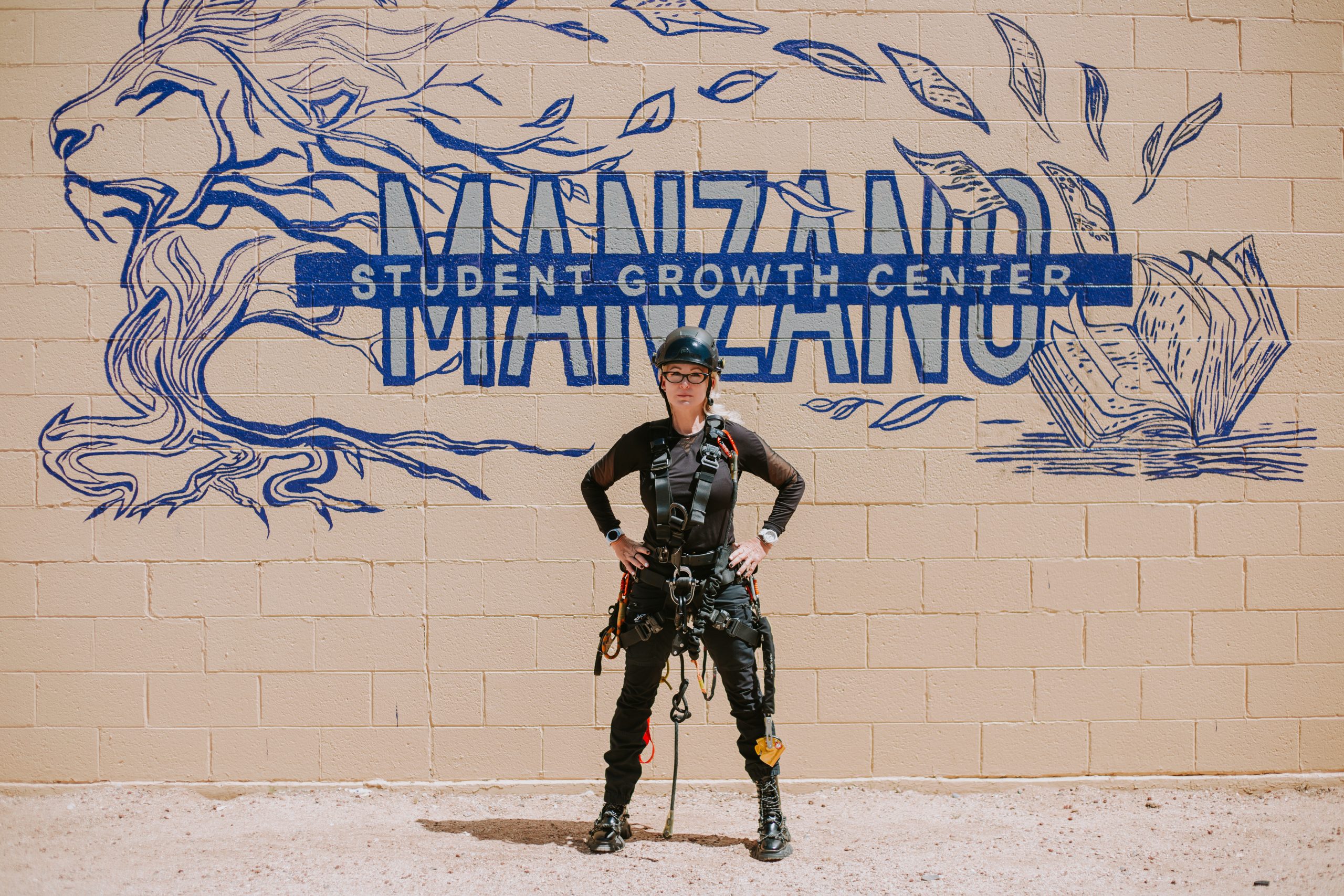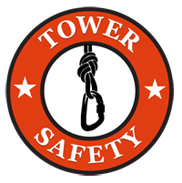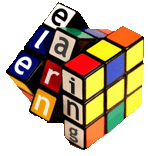When Kathy Gill founded Tower Safety® in 2013, it was less of a business decision and more of a mission. “I left the course frustrated and confused,” she recalled about her inadequate training experience. That moment pushed her to launch a hands-on, real-world safety training program—one that would grow to support multiple facets of the wireless and industrial sectors, and even spark the first Tower Rodeo Challenge. Twelve years later, Tower Safety is teaching the skills to work at height and reshaping how climbers think about safety.
“I built this on the belief that safety is more than training. It’s a lifestyle,” Gill said. That idea comes through loud and clear in the company’s motto: Learn, Lead, Live. For Gill, this means recognizing hazards, understanding the risks, inspiring others to prioritize safety, and perhaps most importantly, taking action. “This isn’t an industry where you can do fight or flight,” she emphasized. “You’ve got to take action to help somebody. It’s a commitment.”
Navigating Evolving Standards
Tower Safety’s home base in Arizona is more than just a classroom. There is a 70-foot wind turbine, eight towers including monopoles and self-supporters, a rock wall, scaffold setups, a confined space prop, a water tank, an anchor building, and rooftop simulations. “I don’t want to compare it to a playground because it’s very serious,” Gill said. “But it’s strategically placed so it does look like a place where you want to learn, have fun, and genuinely enjoy coming to class.”
Gill’s passion for evolving safety instruction is driven by the realities of the job and helping the industry navigate regulatory adjustments. Since technology is always changing, so does the telecom industry. Tower Safety stays responsive to these shifts, especially when it comes to standards such as ANSI/ASSP 10.48. These standards are frequently updated, and while changes can be positive, Gill says they can create confusion for both workers and employers. “This standard seems to change with each new update, creating confusion and questions among both the workers and construction owners. Our training is designed to cut through that chaos by delivering clear instructions that help teams stay compliant and confident,” said Gill.
Tower Safety’s programs range from climbing and rescue to Mobile Elevating Work Platforms (MEWPs), wind energy, and confined spaces. She tailors lessons to each student’s level of experience, from “window washers that have never touched rope” to veterans with decades in the field. “The level of rigging changes,” she explained. “That level of competency changes according to that person.”
Gill has taken Tower Safety to new heights, literally, by expanding its training offerings to include advanced rigging. Her latest book, RRAT (Ropes N Rigging), is now available on her website here, alongside the Field Guide Manual for Tower Climbing and Rescue.
The RRAT course dives into the physics of lifting and covers over 13 safe, effective methods for hoisting dishes, antennas, and coax lines onto towers. Students gain exclusive access to a physics reference sheet that breaks down force loads in pounds/kN for every 20-foot section of the tower—practical, powerful knowledge right at their fingertips, according to Gill.
But Gill’s vision goes beyond textbooks. She is creating a customer roadmap designed to connect climbers across the industry—a network where professionals can reach out, support one another, and build lasting connections. As Gill puts it, “It’s about building a community together.”
A Mental & Physical Philosophy
Heat stress is a major concern, particularly in Arizona’s scorching summers. Gill proactively manages conditions by checking on her students regularly. Tower Safety incorporates environmental awareness into every course. “We train our climbers to recognize the signs of heat exhaustion and stop before it becomes heat stroke,” she said. “Drink water before you’re thirsty. Know when to take breaks. It’s part of the job.”
Gill also highlighted that younger or less experienced workers might try to push through dangerous conditions. “They want to prove themselves, but pushing through isn’t brave. It’s risky. We teach them that knowing when to stop is a sign of leadership.”
The emotional and physical toll of climbing isn’t lost on Gill. “Just climbing is getting to the job site,” said Gill. “And then they have to go to work.” That’s why she supports innovations like powered ascenders. “Manufacturers, like Skylotec, have built the ICX, a new, affordable power ascender that is dependable and a game changer in any industry at height or going into confined spaces.”
Gill is vocal about what it takes to sustain a safety culture beyond the classroom. That philosophy resonates throughout her teaching. Whether it’s weather safety (Gill just bought a laser heat gun to measure steel temperature) or standing up for what’s right, Gill empowers her students to go beyond compliance. “We’re committed here to giving you that empowerment and fostering a safe work environment through the knowledge, leadership, and action,” she said.
For Gill, it always circles back to the fact that for true success and wellbeing, safety must extend beyond the manual to encompass a lifestyle.
To learn more, visit https://towersafety.com/.








